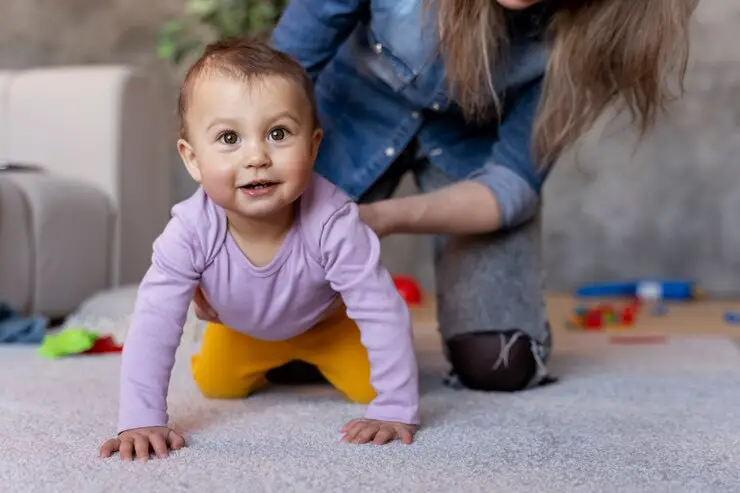Crying, Baby
Newborn babies cry as a means of communication and expression of their needs and emotions. Crying is the primary way for infants to convey hunger, discomfort, pain, fatigue, or the need for attention and affection. It is their instinctive response to express their distress or discomfort when they are unable to address their needs independently.
The behavioral nature of newborn cries can vary depending on the context and underlying cause. Here are some common types of cries and their associated behavioral cues:
- Hunger cry: This cry tends to be rhythmic and repetitive. The baby may turn their head, open their mouth, or suck on their fingers or lips.
- Discomfort cry: Babies cry when they experience discomfort, such as having a wet diaper, feeling too hot or cold, or having an uncomfortable position. They may have a whining or fussing cry, and their body movements may be restless or agitated.
- Pain cry: When a baby is in pain, their cry is usually sharp, sudden, and intense. They may also exhibit facial grimacing, clench their fists, or arch their back.
- Sleepy cry: Babies often cry when they are tired or overstimulated. This cry can be soft and accompanied by yawning or rubbing their eyes.
- Need for attention cry: Sometimes babies cry simply because they desire closeness, interaction, or comfort. The cry may be more attention-seeking, and they may calm down when they receive affection or soothing words.
Understanding a newborn’s cries can be challenging initially, but parents and caregivers gradually learn to interpret and respond to their baby’s needs through trial and error. Attentive observation of accompanying behavioral cues, such as body language, facial expressions, and gestures, can provide valuable clues to determine the cause of the cry.
It is important for parents to respond promptly and empathetically to their baby’s cries. By meeting their needs and providing a nurturing environment, parents can establish trust and build a strong parent-child bond, promoting the baby’s emotional well-being and development.


